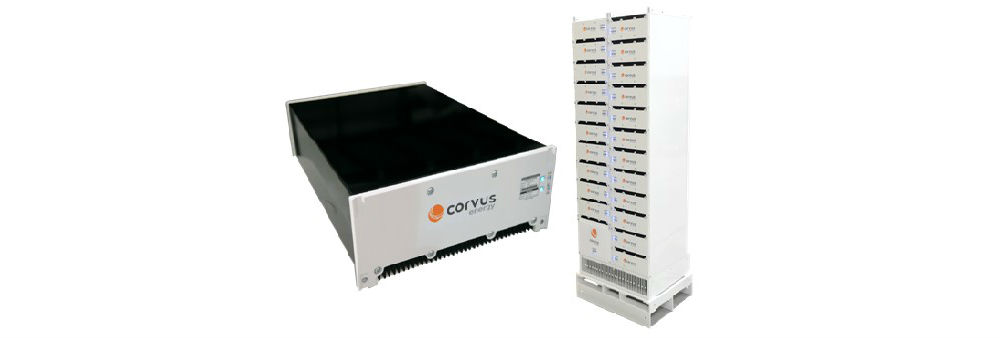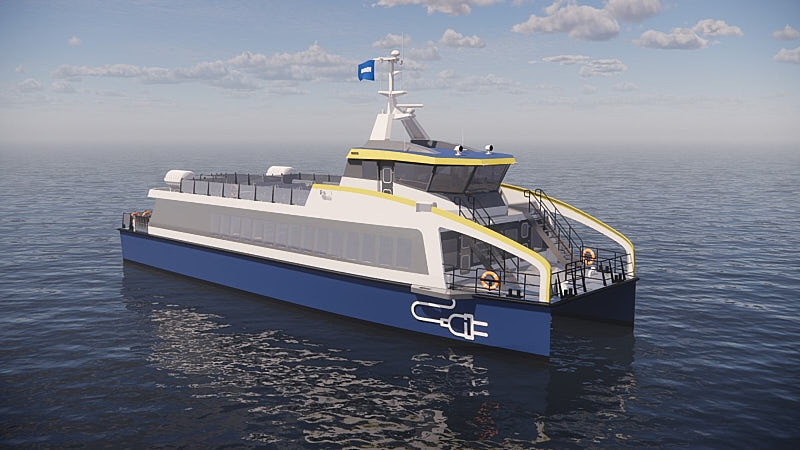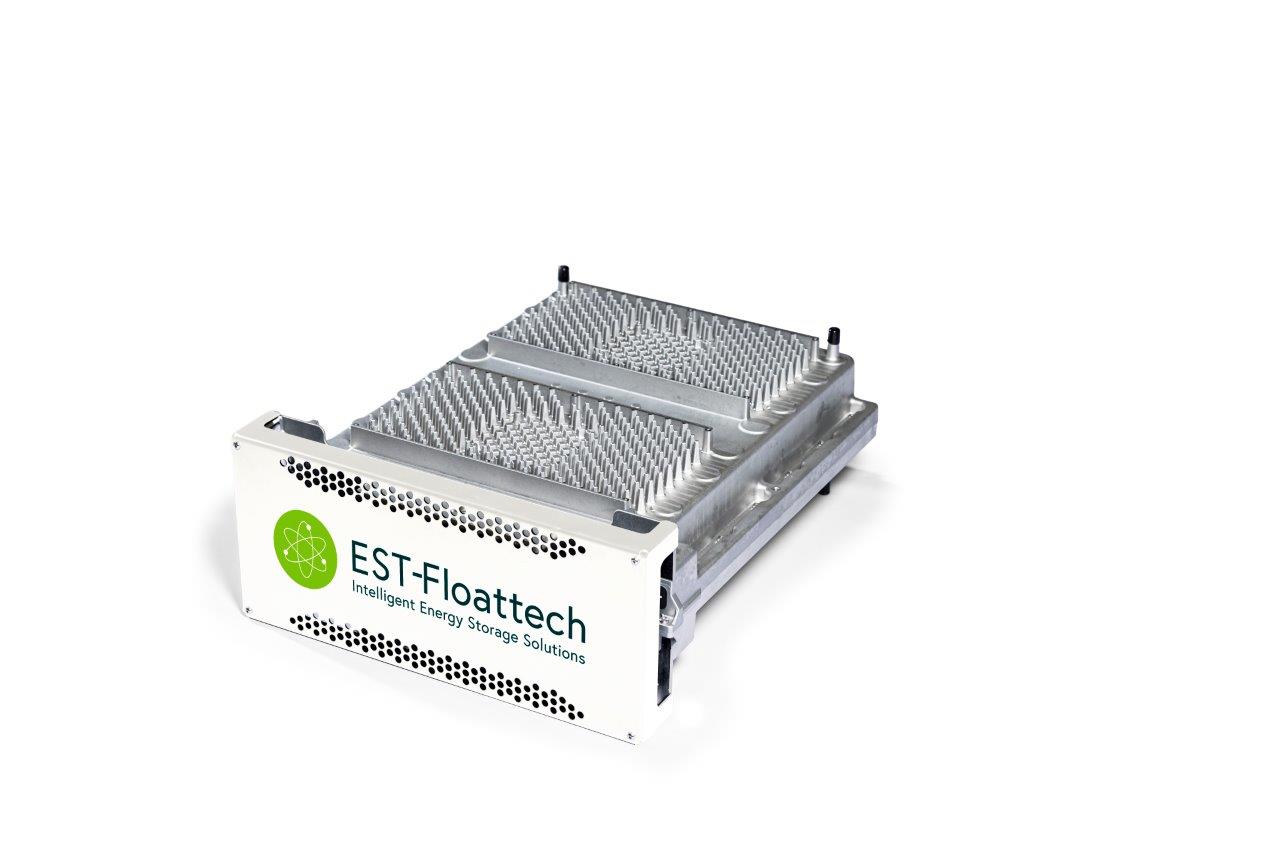Corvus Energy’s next generation energy storage system (ESS), Orca Energy, has passed thermal runaway propagation testing, which means that the ESS exceeds the standards set by the Norwegian Maritime Authority (NMA) on battery system storage.
The circular as set by NMA, ‘Guidelines for Chemical Energy Storage – Maritime Battery Systems’ requires a series of tests to verify that when safety systems are deliberately defeated and thermal runaway of a battery module is induced by overcharging, the thermal runaway is limited to a single module (containing multiple cells) and does not spread to other modules in the battery pack.
The Orca ESS showed the ability to eliminate the possibility of thermal runaway spreading to neighbouring cells in a single module, and therefore retains a higher level of fault tolerance.
This capability is known as ‘cell-level isolation’ and often requires liquid cooling to be achieved. However, the Orca ESS achieves this level without a cooling method, which shows increased reliability and safety of the battery system.
The testing, which was officially witnessed by the NMA and DNV-GL, included three tests in strict compliance with NMA circular Propagation Test 1. During the testing, fire suppression and other auxiliary systems were not allowed, whereas in the less strict Propagation 2 method, such methods are permitted. Overall, more than 20 thermal runaway tests were completed during the Orca ESS development.
Andrew Morden, Corvus Energy’s President & CEO commented: “By successfully passing NMA Propagation Test 1, we have achieved our objective of designing Orca to be the safest ESS in the industry. Our engineers were challenged to create a revolutionary ESS product line that would, above all else, ensure the safety of passengers, crews, vessels and the environment under the most extreme conditions. With the Orca ESS platform, they have achieved that goal.”
Ship Efficiency Review News
To contact the reporter responsible for this article, please email editor@fathom-mi.com


































